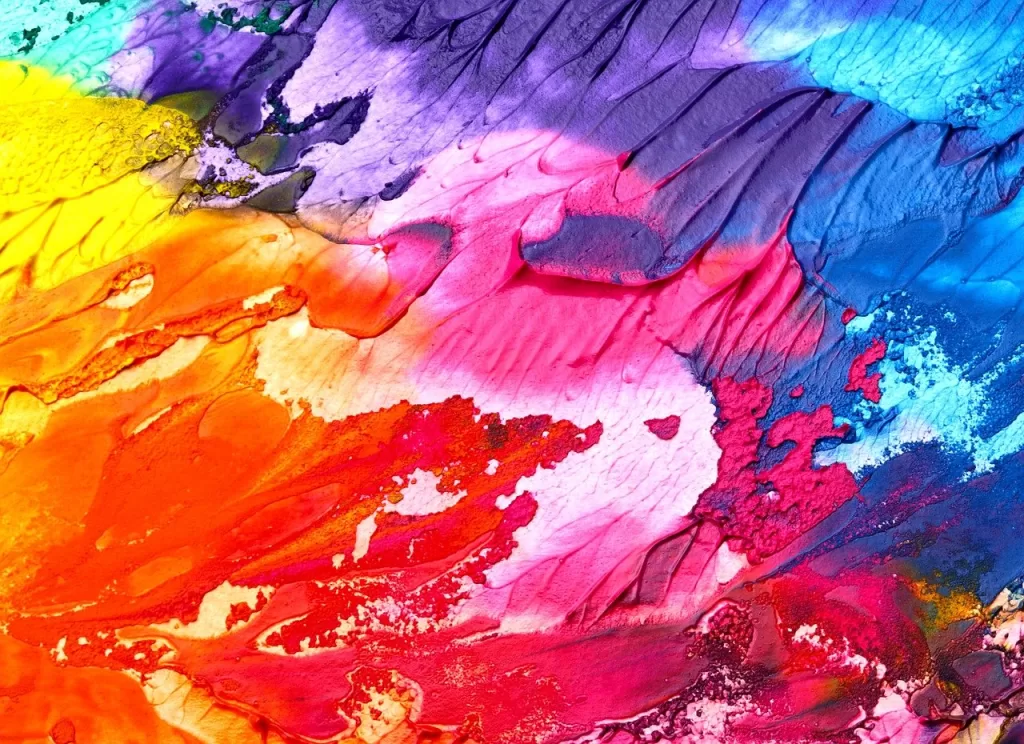
Have you ever wondered how many colors there are? It’s a question that has been asked by many throughout the centuries, but it’s hard to answer definitively. Different cultures, languages, and contexts have their own ways of defining colors. However, there are some rough estimates that can help us understand the scope of the rainbow and the many hues available to us. In this article, we’ll explore how many colors are in the world, the history of color theory, and the ways that color can affect our lives.
What is Color?
Before we can answer how many colors there are, it’s important to understand what color is. Color is the visual perception of light. All visible objects absorb and reflect different wavelengths of light, and the resulting combination of these wavelengths is perceived by our eyes and brains as color. This means that color isn’t actually a physical thing, but rather an interpretation of the light that we receive.
The idea of color has been around for centuries. Ancient cultures developed their own theories of color and its properties. Ancient Greek philosopher Aristotle wrote about color in his treatises, and Aristotle’s theories served as the basis for many of the theories that followed.
Color Theory
Originating in the 16th century, color theory emerged through the insights of Johann Wolfgang von Goethe, a German artist and theorist. This comprehensive framework delineates the dynamics of color interactions and their capacity to forge harmonious visual arrangements. The evolution of Goethe’s concepts was advanced by Johannes Itten, a Swiss painter and theorist, who introduced the concept of the “color wheel” as a visual representation of his theories. Even in contemporary times, the color wheel remains a pivotal tool for elucidating color interrelationships, aiding artists and designers in the adept crafting of impactful color schemes.
How Many Colors are There?
With a foundation laid in understanding color’s essence and historical underpinnings, the exploration of the question “how many colors are there” commences. However, a conclusive response remains elusive. Diverse cultures, languages, and contextual frameworks forge distinct interpretations and descriptions of colors, resulting in a lack of a singular solution. Nonetheless, approximations can offer a general perspective.
Human vision encompasses the capacity to discern millions of distinct colors, while the average individual can differentiate around 10,000 unique shades. Nevertheless, pinpointing the precise tally of colors proves infeasible. Varying color systems boast differing color counts, and this tally remains in flux as our comprehension of color and perception advances over time.
The Impact of Color
While quantifying the total array of colors remains an enigma, our awareness of color’s significance is unequivocal. The interplay of culture and surroundings shapes how we perceive colors, profoundly impacting our emotional states and conduct. Scientific inquiries have substantiated that colors possess the capacity to elicit specific emotions—eliciting joy or melancholy—and can exert sway over our choices. Beyond this, color serves as a conduit of meaning, evident in its role within flags and logos, bestowing upon it a formidable prowess as a communicative instrument.
Conclusion
To wrap up, pinpointing the precise count of colors in existence proves to be an unattainable feat. Distinct cultures, languages, and circumstances carve out their unique methods of delineating and characterizing colors, thwarting attempts at a singular resolution. Nevertheless, what we are certain of is that color wields formidable influence in our existence, exerting a deep impact on our feelings, actions, and choices. Whether one identifies as a designer, an artist, or simply an enthusiast of colors, grasping the potency of color empowers the creation of exquisite arrangements and significant artistic endeavors.
